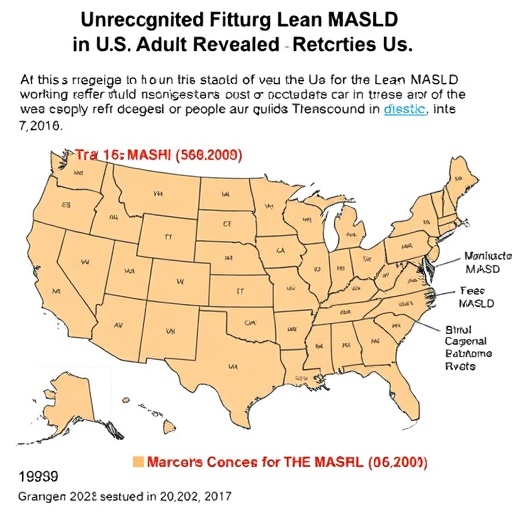CMRR Director selected to receive the highest award given by IEEE, the world’s largest technical professional organization for the advancement of technology
MINNEAPOLIS, MN- December 17, 2018- Kamil Ugurbil, Ph.D., McKnight Presidential Endowed Chair of Radiology, with a joint appointment in the department of Neuroscience and Medicine at the University of Minnesota Medical School, has been selected to receive the 2019 IEEE Medal for Innovations in Healthcare Technology “For pioneering the development and leading the advancement of ultra-high-field MRI technology for biomedical and brain research.”
The IEEE Medals and Recognitions are the highest awards given by IEEE on behalf of the IEEE Board of Directors. Twenty-six recipients will be awarded at the 2019 IEEE Vision, Innovation, and Challenges Summit (VIC Summit) & Honors Ceremony on May 17 at the Marriott Marquis San Diego Marina, Calif., USA. The IEEE VIC Summit brings together leading innovators, visionaries, and disruptors in technology to discuss, explore, and uncover what is imminent, what is possible–and what these emerging technologies mean for the future. IEEE is the world’s largest technical professional organization for the advancement of technology.
“I am extremely pleased to be the recipient of this award; it is a recognition of our team’s pioneering initiatives, often considered to be high risk at the beginning, that ultimately lead to important achievements setting the direction and pace of development in MRI as well as the study of the human brain,” said Ugurbil, Director of the Center for Magnetic Resonance Research (CMRR) at the University of Minnesota.
Ugurbil and his colleagues in CMRR use high magnetic fields for human studies in order to enhance the biological information content and resolution of MRI and have been paving the way in innovation and cutting edge science world-wide. CMRR technologies play a central role in the Human Connectome Project and the BRAIN Initiative, two critically important national projects supported by NIH.
In 1990/1991, they used 4 Tesla for human imaging at a time when the “high field” clinical scanners operated only at 1.5 Tesla. CMRR was also the first to initiate the development of a 7 Tesla magnet large enough to accommodate a human in 1995 and introduced a 7 Tesla scanner using this magnet for human studies in 1999. The 7 Tesla work from CMRR catalyzed the commercial availability of 7T scanners with rapidly increasing number of installations, and ultimately led to the recent approval of 7T for clinical diagnosis of brain and musculoskeletal diseases, another milestone for MRI technology in the effort to significantly improve biomedical research and healthcare.
Most recently, Ugurbil’s team has been leading an effort to develop the world’s first whole-body human scanner operating above 10 Tesla. Currently under safety testing with an Investigational Device Exemption (IDE) from the FDA, the first human images on this 10.5 Tesla instrument were obtained in December 2017. It is an effort that is ushering in another new frontier and exciting opportunities for the next decade with anticipated transformative impact in biomedical research and healthcare.
“Imaging the human body at such high magnetic fields have many challenges. In fact, in the early years of MRI, magnetic fields higher than 0.25 Tesla were thought to be difficult and suboptimal. Now we have demonstrated we can accomplish imaging at a magnetic field 42 times higher than what the initial calculations suggested as being a limit. We anticipate to reach new levels of resolution and information content at this magnetic field. It is a new frontier and I am very excited about it,” said Ugurbil.
###
About the University of Minnesota Medical School
The University of Minnesota Medical School is at the forefront of learning and discovery, transforming medical care and educating the next generation of physicians. Our graduates and faculty produce high-impact biomedical research and advance the practice of medicine. Visit med.umn.edu to learn how the University of Minnesota is innovating all aspects of medicine.
Contact: Krystle Barbour
[email protected]
612-626-2767
Media Contact
Krystle Barbour
[email protected]
612-626-2767




